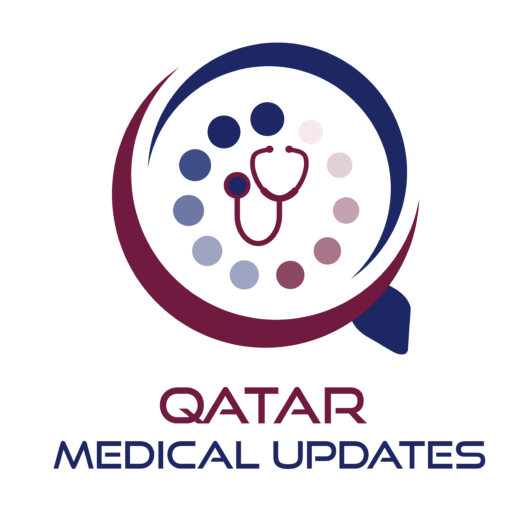Veins Health
WELCOME
It is our belief that the patient-doctor relationship is enhanced by good communication between the doctors, staff, and the patient. In addition, we believe that a well-informed patient is a better health care consumer. It is our goal as medical care providers for you to have a clear understanding of your health.
At the Center, we provide a personal, individualized approach to each patient’s care based on their history of vascular problems, physical exam findings, as well as the detailed information gained by their comprehensive exam. Dr. Hayek, who has more than 25 years of experience, is a recognized expert in the field. Each patient is educated about his problem and what he can do to prevent future vein and vascular issues.
Dr. Hayek offers state-of-the-art ambulatory spider and varicose vein treatments that are highly effective. As an expert vascular surgeon and vein specialist he and his team are highly experienced in providing the most advanced treatments so you’ll enjoy a rapid recovery and healthy legs.
Call or contact us today to schedule a consultation and experience the best in vein care.
